Frog populations not helped by dinner menus
About one-third of all amphibians are listed as threatened species, with habitat loss the biggest factor.
But hunting is acknowledged as another important driver for some species, along with climate change, pollution and disease - notably the fungal condition chytridiomycosis which has brought rapid extinctions to some amphibians.
"Frogs legs are on the menu at school cafeterias in Europe, market stalls and dinner tables across Asia to high end restaurants throughout the world," said Corey Bradshaw from Adelaide University in Australia.
"Amphibians are already the most threatened animal group yet assessed because of disease, habitat loss and climate change - man's massive appetite for their legs is not helping."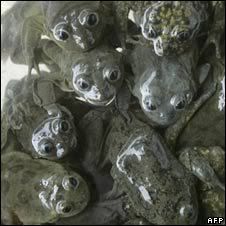 Frogs are liquidised to make a "health drink" in parts of South America.
Frogs are liquidised to make a "health drink" in parts of South America.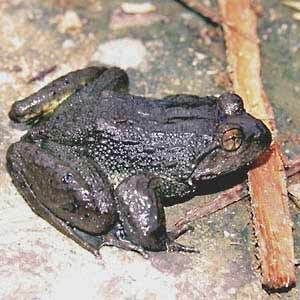 Frogs of the stream-dwelling Paa genus are among the most popular for hunting in China. But numbers in some areas have fallen 10-fold as a result of over-exploitation.
Frogs of the stream-dwelling Paa genus are among the most popular for hunting in China. But numbers in some areas have fallen 10-fold as a result of over-exploitation.
These frogs could be candidates for sustainable harvesting plans, where hunting is allowed but controlled. Image: Kadoorie Farm & Botanic Garden – KFBG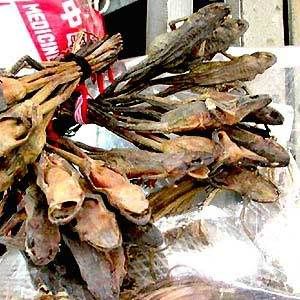 Rana chensinensis is declining steeply in some areas; a study in Heilongjiang found that the annual catch fell by 99% between 1971 and 1986. The main reason is traditional medicine.
Rana chensinensis is declining steeply in some areas; a study in Heilongjiang found that the annual catch fell by 99% between 1971 and 1986. The main reason is traditional medicine.
Oil made from the female frog's oviduct is believed to be a tonic to the kidneys and lungs, and to cure respiratory ailments. Image: KFBG Frogs and toads are also sold as tonics in the markets of Peru.
Frogs and toads are also sold as tonics in the markets of Peru.
This stallholder in Cuzco sells "Extracto de Rana", a drink made from the extract of two to three frogs, which is blended with honey, malt and other ingredients.
Other recipes call for 30 frogs in a single drink. Image: Esteban Lavilla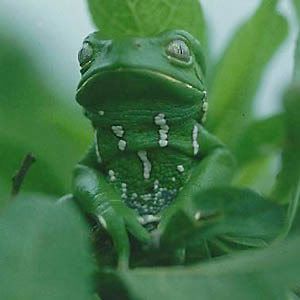 In western Brazil and eastern Peru, frogs of the Phyllomedusa genus are used as a hallucinogen.
In western Brazil and eastern Peru, frogs of the Phyllomedusa genus are used as a hallucinogen.
Chemicals secreted by the frog's skin and introduced into a human's bloodstream are said to lead initially to vomiting and incontinence, then deep sleep, and finally a period of enhanced sensitivity in sight and hearing. Image: E. Lavilla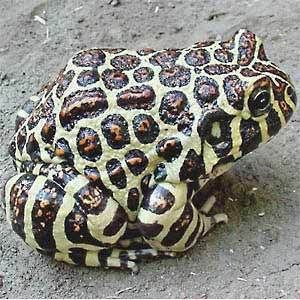 Leptodactylus laticeps is exported from South America to the developed world. It can fetch prices of 600 euros in European pet shops.
Leptodactylus laticeps is exported from South America to the developed world. It can fetch prices of 600 euros in European pet shops.
In some areas where it lives, in Argentina, Bolivia and Paraguay, people earn as little as 1,200 euros in a single year, giving them a real incentive to catch and sell it. Image: E. Lavilla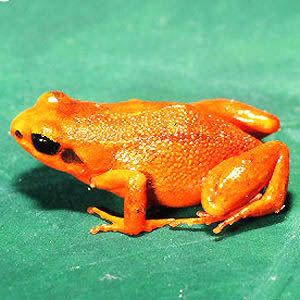 Mantellas are among the most popular frogs as pets. The principal source is Madagascar, from where many amphibians are exported into the pet trade.
Mantellas are among the most popular frogs as pets. The principal source is Madagascar, from where many amphibians are exported into the pet trade.
This species, the black-eared mantella (Mantella milotympanum), is critically endangered. Habitat loss is also a major threat. Image: Franco Andreone/ARKive
Source: BBC
0 komentar